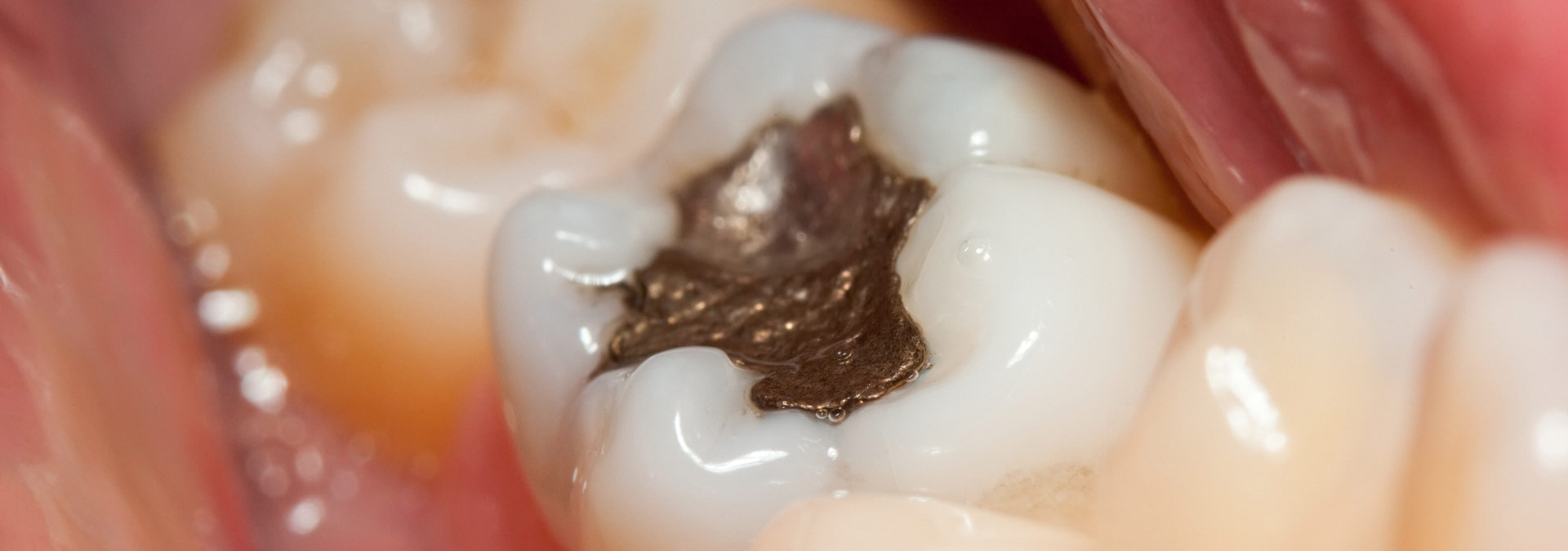
When it comes to composites, there have been few products as innovative as Pulpdent’s ACTIVA BioACTIVE materials.
Traditionally, there have been two types of materials used in restorations: composite and glass ionomers. Composites offer great strength and aesthetics, while glass ionomers release calcium, phosphate, and fluoride into teeth. But neither offers all these benefits in one package.
However, Pupldent’s ACTIVA BioACTIVE Restorative takes the best of composites and glass ionomers and combines them into one, fantastic restoration material.
What sets ACTIVA BioACTIVE materials apart?
This is a dental resin that contains three important features that allow it to offer advantages beyond a traditional composite or glass ionomer: Bioactive ionic resin matrix, shock-absorbing rubberized resin component, and reactive ionomer glass fillers.
At first, as someone not totally versed in dental technology speak, I was thoroughly confused as to why those three components created such significant advantages for product users. But after some more research a light bulb went off.
And if you’re like me and aren’t quite sure what all those things mean or you simply want a simplified version—here you go (you’re welcome!).
The rubberized-resin component is essential for creating the strongest and most durable restorations (even more so than traditional composites!). It absorbs stress without fracturing or chipping, meaning you won’t need to worry about your restorations failing. Plus, the various shades let you match your patients’ natural tooth color and give them excellent aesthetics for maximum satisfaction.
The ionic resin matrix facilitates the release of calcium, phosphate, and fluoride into the tooth and restoration even better than a glass ionomer, giving your patients maximum oral health benefits from the restoration.
And the reactive glass fillers allow ACTIVA BioACTIVE to play an active role in your patient’s mouth by reacting “to the continuous pH changes in the oral environment to help fortify and recharge the ionic properties of saliva, teeth and the material itself.” This means that the material helps initiate the remineralization process that bonds the tooth and restoration together, sealing the margins against leakage and preventing failure.
So, in short, ACTICA BioACTIVE materials will give your restorations the strength, durability, and aesthetics of top composites, while also releasing calcium, phosphate, and fluoride like the best of the glass ionomers.
Source:
ACTIVA A Closer Look at BioACTIVE Materials [White Paper].

